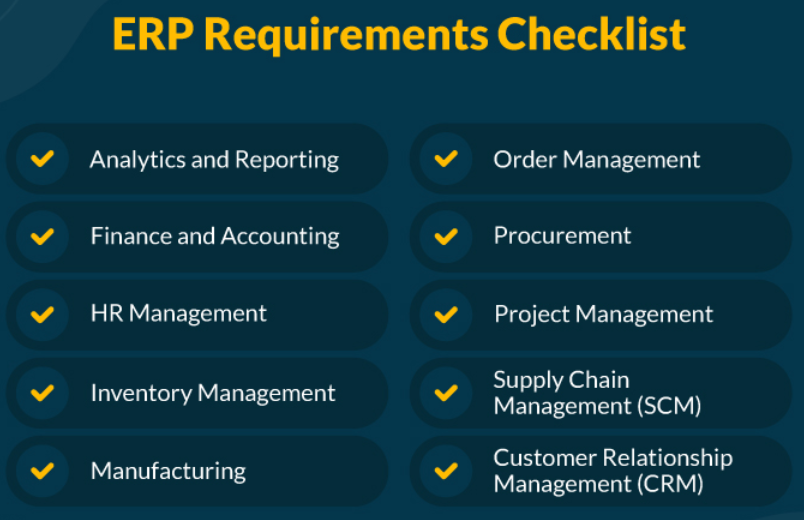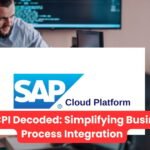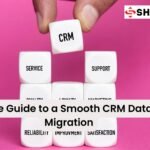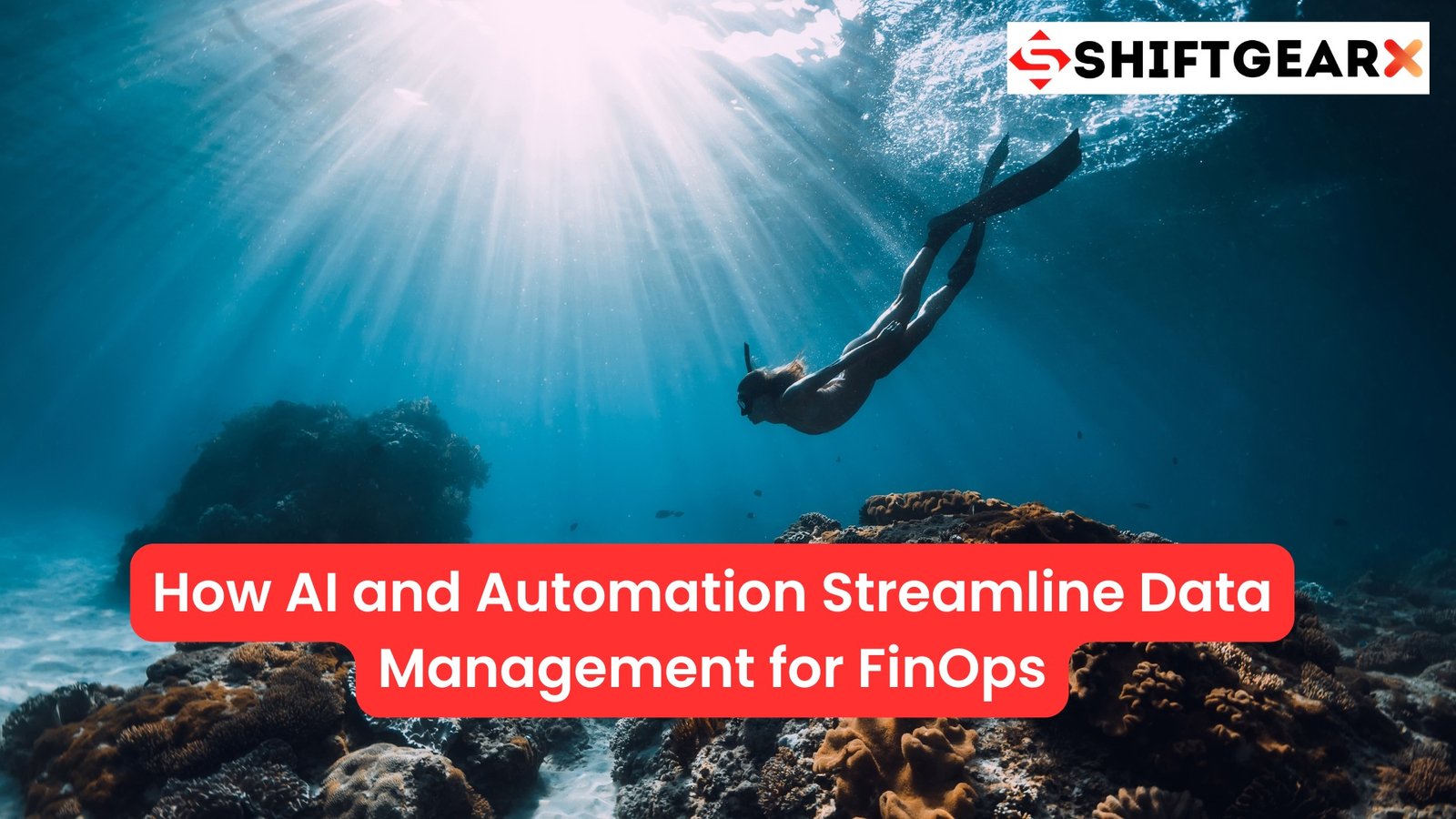In today’s world, where digital transformation is at the forefront of every business strategy, managing requirements for ERP projects is more crucial than ever. Stakeholder management is often seen as the first step in this process, but is it really that straightforward?
Recently, a poll on LinkedIn sparked a discussion on the complexities of requirements management in ERP projects. While the textbook answer may suggest that stakeholder management is the starting point, real-world experiences tell a different story.

Source: PMI
ERP projects are messy, and requirements management is not a linear process. It starts even before the project initiation, during presales and sales activities. Sales teams use tools like influence maps and decision maps to identify key stakeholders and set initial expectations.

Source: inflectra
However, stakeholder management is not a one-time task but an iterative process that requires continuous refinement. Many ERP service providers make the mistake of treating it as a one-time activity. Discovery plays a crucial role in identifying key stakeholders and business requirements.

Source: E-Max Systems
Prototyping emerges as a valuable tool when requirements are evolving, especially in scenarios where the customer is unsure of their needs. It allows for a collaborative approach to refine and validate requirements before implementation.
In conclusion, effective requirements management requires a holistic approach that goes beyond checkboxes. Experienced ERP partners must constantly evaluate and enhance stakeholder management, scoping, and validation processes to ensure successful project outcomes.
Join the community and engage with over 16k followers from 100 countries as we continue to explore the intricacies of ERP project management. Your feedback is invaluable!
The Importance of ERP Requirements Management

Before diving into when ERP requirements management starts, it’s essential to understand its significance. ERP requirements management is the process of identifying, documenting, analyzing, and tracking the needs and expectations of all stakeholders involved in an ERP project. It serves as the foundation for selecting the right ERP solution, customizing it to fit business needs, and ensuring successful implementation.
Effective requirements management can:
- Reduce project risks and costs
- Improve stakeholder satisfaction
- Ensure alignment between business needs and ERP functionality
- Minimize scope creep and project delays
- Facilitate smoother implementation and user adoption
Given its importance, organizations should prioritize requirements management from the very beginning of their ERP journey.
The Early Stages: Pre-Project Initiation
Contrary to popular belief, ERP requirements management doesn’t start with the formal project kickoff. It begins much earlier, during the pre-project initiation phase. This stage often involves:
1. Strategic Planning and Business Case Development
As organizations contemplate the need for an ERP system, they start identifying high-level business requirements. This process typically involves:
- Assessing current business processes and pain points
- Defining strategic objectives and how an ERP can support them
- Identifying potential benefits and ROI of an ERP implementation
These initial discussions lay the groundwork for more detailed requirements gathering later on.
2. Preliminary Vendor Research
Even before deciding on a specific ERP solution, organizations often start exploring different vendors and their offerings. This preliminary research helps in:
- Understanding the general capabilities of modern ERP systems
- Identifying industry-specific solutions and best practices
- Gaining insights into potential features and functionalities
This early exposure to ERP capabilities can shape the organization’s thinking about its requirements.
3. Stakeholder Identification and Engagement
Identifying key stakeholders and involving them early in the process is crucial for comprehensive requirements gathering. This includes:
- Executives and decision-makers
- Department heads and key users from various functional areas
- IT staff and potential system administrators
Early engagement helps in capturing diverse perspectives and building buy-in for the ERP project.
Moving Forward: Project Initiation and Planning
Once the decision to proceed with an ERP implementation is made, the requirements management process intensifies. Key activities during this phase include:
1. Forming the Project Team
A dedicated project team, including a requirements manager or business analyst, should be assembled. This team will drive the requirements gathering and management process throughout the project.
2. Developing a Requirements Management Plan
A formal plan should be created, outlining:
- Methodologies for requirements gathering
- Tools and templates to be used
- Roles and responsibilities
- Timeline and milestones
- Processes for requirements documentation, review, and approval
3. Conducting a Current State Analysis
Before defining future state requirements, it’s essential to thoroughly understand the current state of business processes. This involves:
- Mapping existing workflows and processes
- Identifying pain points and inefficiencies
- Documenting current system landscapes and integrations
This analysis provides context for defining future requirements and helps identify areas for improvement.
The Core Phase: Requirements Gathering and Analysis
With the groundwork laid, the project moves into the intensive requirements gathering and analysis phase. This is where the bulk of requirements management activities occur.
1. Conducting Requirements Workshops
Structured workshops bring together stakeholders from different departments to:
- Brainstorm and document detailed business requirements
- Prioritize requirements based on business impact and feasibility
- Identify potential conflicts or dependencies between requirements
2. Utilizing Multiple Requirements Gathering Techniques
To ensure comprehensive coverage, various techniques should be employed:
- Interviews with key stakeholders
- Surveys and questionnaires
- Observation of current processes
- Review of existing documentation and reports
3. Categorizing and Structuring Requirements
As requirements are gathered, they should be categorized and structured for easier management. Common categories include:
- Functional requirements
- Non-functional requirements (e.g., performance, security, usability)
- Technical requirements
- Business process requirements
- Reporting and analytics requirements
4. Documenting Requirements
Clear, concise, and unambiguous documentation of requirements is crucial. This typically involves:
- Creating detailed requirement specifications
- Developing use cases and user stories
- Creating process flow diagrams and wireframes
5. Requirements Validation and Prioritization
Once documented, requirements should be:
- Reviewed and validated by stakeholders
- Prioritized based on business value and implementation complexity
- Approved by the appropriate decision-makers
Vendor Selection and Fit-Gap Analysis
With a clear set of requirements in hand, organizations can move forward with vendor selection and fit-gap analysis.
1. RFP Development and Vendor Evaluation
The documented requirements form the basis for:
- Developing a comprehensive Request for Proposal (RFP)
- Evaluating vendor responses and capabilities
- Conducting vendor demonstrations and proof of concepts
2. Fit-Gap Analysis
Once a vendor is selected, a detailed fit-gap analysis is performed to:
- Identify which requirements can be met by out-of-the-box functionality
- Determine necessary customizations or workarounds
- Refine and adjust requirements based on system capabilities
Implementation and Beyond
Requirements management doesn’t end with vendor selection. It continues throughout the implementation phase and beyond.
1. Design and Configuration
During system design and configuration, requirements serve as the blueprint for:
- Configuring system parameters and workflows
- Designing custom reports and dashboards
- Developing necessary integrations and customizations
2. Testing and Validation
Requirements play a crucial role in:
- Developing test cases and scenarios
- Conducting user acceptance testing
- Validating that the implemented system meets the defined requirements
3. Training and Change Management
Clear requirements help in:
- Developing targeted training materials
- Communicating changes to end-users
- Managing expectations about system capabilities
4. Post-Implementation Review and Continuous Improvement
After go-live, organizations should:
- Review how well the implemented system meets the original requirements
- Identify any gaps or areas for improvement
- Begin the process of gathering and managing requirements for future enhancements
Best Practices for Effective ERP Requirements Management
To ensure success throughout the ERP requirements management journey, consider these best practices:
- Start early: Begin thinking about requirements as soon as the idea of an ERP system is conceived.
- Involve all stakeholders: Ensure representation from all affected departments and levels of the organization.
- Use a structured approach: Employ proven methodologies and tools for requirements gathering and management.
- Prioritize ruthlessly: Not all requirements are created equal. Focus on those that deliver the most business value.
- Maintain clear communication: Keep all stakeholders informed about the status of requirements and any changes.
- Be flexible: Requirements may evolve as the project progresses. Be prepared to adapt and refine them.
- Document thoroughly: Maintain clear, detailed documentation of all requirements and their rationale.
- Leverage technology: Use requirements management tools to track, version, and manage requirements effectively.
- Align with business goals: Ensure that all requirements support the organization’s strategic objectives.
- Plan for the future: Consider future needs and scalability when defining requirements.
Conclusion
ERP requirements management is not a one-time activity but a continuous process that starts long before the formal project kickoff and extends well beyond implementation. By recognizing the importance of early and ongoing requirements management, organizations can set themselves up for ERP success.
Remember, the goal is not just to implement an ERP system, but to implement the right ERP system in the right way. This can only be achieved through diligent, comprehensive, and continuous requirements management. By starting early and maintaining focus on requirements throughout the ERP lifecycle, organizations can maximize the value of their ERP investment and drive meaningful business transformation.
Reference: AI Agents
If you liked this article, please share it and subscribe to my website. For consulting work, please visit my website, Shift Gear and I would be glad to help you in your requirement.
Check this also – SAP Web Dispatcher: Load Balancing SAP Applications on AWS – Tech News Before It’s News | Shift GearX
Also Read – Exploring AI Startups Revolutionizing the Legal Profession – Tech News Before It’s News | Shift GearX














